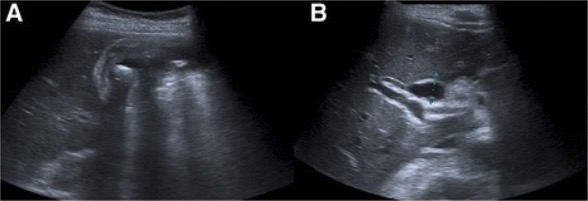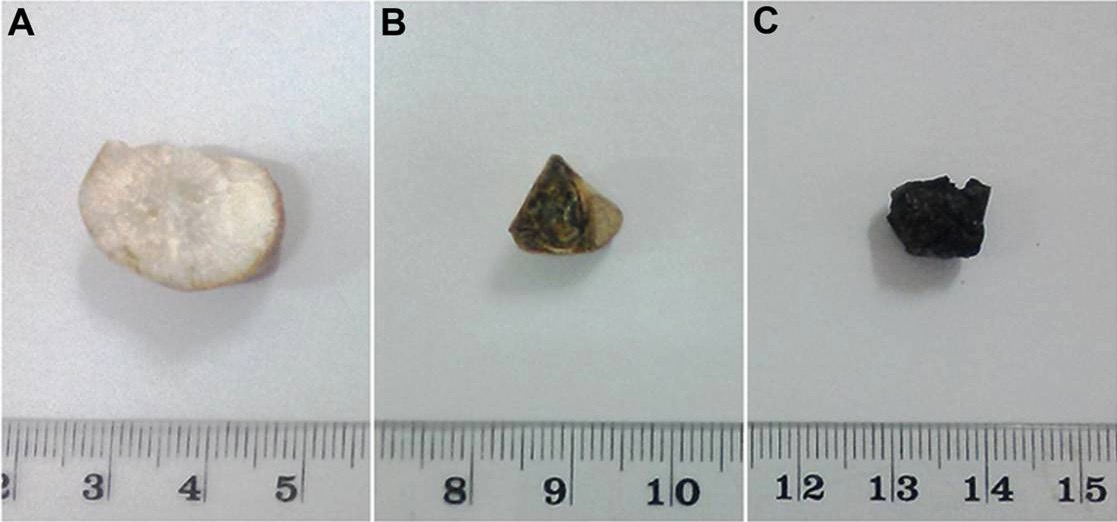Playlist
Show Playlist
Hide Playlist
Biliary Disease: Management
-
Emergency Medicine Bord Biliary Disease.pdf
-
Download Lecture Overview
00:01 Now, first we’re gonna talk about the next steps for patients with Cholelithiasis. 00:06 And just to remind you that means that the patient has gallstones. 00:09 No infection. Just has the gallstones there. 00:12 Patients can be very symptomatic and uncomfortable when they just have gallstones. 00:17 So they may have a lot of pain, they may have a lot of pain after eating, they might have a lot of nausea and vomiting. 00:23 You wanna first and foremost get that patient feeling better, you wanna control their symptoms, you wanna make sure that they can eat and drink something, and that they are okay. 00:32 And once you get past that step, if they’re able to do those things, if their pain is well-controlled and they’re able to tolerate oral intake, you wanna move on and for the most part those patients can go home. 00:42 When they go home you wanna make sure they see an outpatient surgeon because although they don’t need their gallbladder removed right now, they're still displaying symptoms and concern for having gallstones in the gallbladder. 00:55 So for those patients you wanna make sure they know that they go see a surgeon as an outpatient and they can get their gallbladder taken out as an outpatient. 01:02 Now, if you're not able to control someone’s symptoms, so someone’s still having very severe pain or very severe vomiting and they are not able to eat or drink anything, those patients may actually need to be admitted and they may need to get a more urgent removal of their gallbladder. 01:18 Now, that doesn’t happen all the time. 01:20 For the most part patients can have their pain and their symptoms controlled and they can go home. 01:24 But if you're not able to do that, get in touch with the surgery team on call and consider having that patient getting their gallbladder removed while in the hospital. 01:33 Cholecystitis. 01:36 Again, this is the patient who has evidence of inflammation of their gallbladder, so you done the CT scan or the ultrasound, You've seen that there’s evidence of infection and inflammation. 01:47 For these patients again you wanna control their pain and their symptoms. 01:50 They may also be having a lot of pain, they may be having a lot of vomiting. 01:54 So you wanna make sure that you're giving them medication to get them feeling better. 01:58 You wanna administer IV antibiotics. 02:01 Piperacillin-tazobactam is the good first choice for these patients or additionally, possibly Ertapenem. 02:08 And then you wanna consult your surgery team. 02:11 These patients may benefit from a cholecystectomy or most definitely benefit from a cholecystectomy or possibly a cholecystotomy, which is when you place a drain in the gallbladder and you drain off the infected fluid. 02:23 The timing of these procedures is a little bit debatable. 02:26 Sometimes they’ll admit patients to the floor and have them cool off their gallbladder or have that infection resolved a little bit before they’ll go to the operating room. 02:35 Because when there’s a lot of infection present around the gallbladder those patients can have a difficult procedure. 02:41 They can have a lot of adhesions or the gallbladder might stick to the liver. 02:46 So giving that patient a little bit of time to cool off before they go for the operation may be of benefit to them. 02:52 For the most part, most removal of the gall bladder is performed laparoscopically. 02:56 So using the cameras to help guide the removal of the gallbladder rather than an open gall bladder removal which is what historically used to be done. 03:05 Now, for patients with cholangitis, these is gonna be your sickest group of patients with biliary disease. 03:13 So these patients are generally gonna be septic potentially, they’re gonna have fevers. 03:18 You're gonna wanna treat with IV fluids. 03:20 IV crystalloid fluids. 03:22 Potentially vasopressors, if their blood pressure is very low. 03:25 And you're gonna wanna make sure that they're hemodynamically stable. 03:29 You wanna give broad spectrum antibiotics. 03:32 You wanna get blood cultures. 03:33 Again, this is gonna be a patient that for the most part, will be very sick. 03:37 And then lastly, you wanna reach out to either the surgery team or possibly the GI team to decompress the biliary tract. 03:45 And what they basically do is they go in and they do an endoscopic procedure and they decompress the infection that’s located within the biliary tract system. 03:54 This is not a super common diagnosis. 03:57 But making sure that you're always thinking about it so you know to involve the right people and get the patient adequate treatment is very important. 04:05 So again, I wanna stress that when we’re treating patients for cholangitis you wanna involve antibiotics nice and early in the treatment course especially for those patients who are showing evidence of sepsis. 04:16 So the first line, single drug agents would be Ampicillin-sulbactam, or Piperacillin-tazobactam. 04:22 But you could see on this slide that there’s a handful of other options, depending on the patient’s allergies and what’s available to you at your institution. 04:30 The key thing to remember though is to get those antibiotics on board nice and early.
About the Lecture
The lecture Biliary Disease: Management by Sharon Bord, MD is from the course Abdominal and Genitourinary Emergencies.
Included Quiz Questions
Regarding the treatment of cholangitis, which of the following pairs of first-line antibiotics and pathogens is correct?
- Ampicillin-sulbactam; targeting gram-negative and anaerobic pathogens
- Piperacillin-tazobactam; targeting gram-positive and aerobic pathogens
- Cefepime; targeting gram-negative and anaerobic pathogens
- Azithromycin; targeting gram-negative and aerobic pathogens
In a patient diagnosed with cholangitis who has an allergic reaction to piperacillin-tazobactam, what is an alternative single drug that may be administered?
- Ertapenem
- Ceftriaxone
- Ciprofloxacin
- Levofloxacin
- Metronidazole
Customer reviews
5,0 of 5 stars
| 5 Stars |
|
5 |
| 4 Stars |
|
0 |
| 3 Stars |
|
0 |
| 2 Stars |
|
0 |
| 1 Star |
|
0 |






